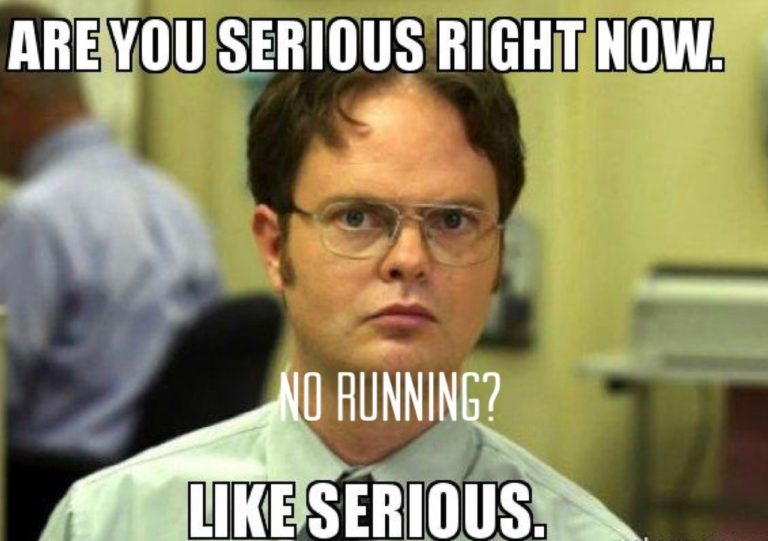You love to run, but you hate admitting you may have an injury, especially if you’ve gone to the doctor and heard the dreaded words… just STOP running for awhile.

The fact is that 27-70% of recreational runners experience a running injury during a training year. For a lot of people running is medicine, it helps keep the crazy away, decrease stress, push yourself to heights you never thought you could! So how do we help prevent all of our hard marathon or race training going out the window by having to sit out due to injury?
Do any of these sound like you?
Runner/Walker #1: I’ve been noticing some pain around or under your kneecap that has slowly become annoying after runs, you shake it off at first but now the front of your knee has been bothering you more and more over the last weeks
Runner/Walker #2: You’ve decided to up your running and train for a half or full marathon or you haven’t been as consistent with your running and you up the mileage… but now you’ve began to notice some tenderness on the outside of lower leg that as you get warmed up it goes away and then after your done it comes back
Runner/Walker #3: Ok, you are starting to up your training intensity and miles (yippee for hill repeats, track workouts or increasing your mileage) but have been waking up with sharp pain on bottom of foot especially near your heel. After walking a bit its better. It’s been a few weeks now and its starting to be a bear getting more painful with prolonged standing, getting up after sitting a bit or climbing stairs
Let’s take a look at these 3 common running related injuries, what they are and ways to help prevent them.
Runner’s Knee (Runner #1)
Definition: knee cap not moving as it should, cause rubbing, irritation and lead to grinding down of cartilage
Causes: potentially weak quads, poor foot mechanics, tight ITB
How To Decrease Risk: Strengthen quadriceps and gluts, no big jumps in training mileage, proper stretching post run for hamstrings and quads
Shin Splints (MTSS) (Runner #2)
Definition: muscle most affected is tibalis anterior which goes from your knee down to your ankle. Pain is located at lower leg next to shin bone. Another important distinction is to rule-out compartment syndrome or stress fracture which are a lot more serious so another set of eyes are key for pain in this area
Causes: overuse injury: characterized by the “Too’s: training too hard, too fast or too long, also running downhill, old footwear
How To Decrease Risk: recognize tenderness in shin early and don’t try to power through, that can result in creating microtears and longer recovery
No big jumps in training load, keep track of mileage on footwear (general guidelines new shoes every 250-300 miles) and also think about having several pairs of running shoes to rotate
Plantar Fasciitis (Runner #3)
Definition: symptoms of stabbing pain or dull ache across bottom of foot, can normally pinpoint a real aggravated area near your heel; usually worst pain in the morning; small microtears of tendons and ligaments that run along the bottom of foot, name implies inflammation but alot of times you won’t see “swelling or inflammation”
Causes: overuse, won’t be any specific event that occurred, increased training (are you seeing a theme here..),
How To Decrease Risk: Good running form, strength training and proper shoes! No surprise here strengthening foot and big toe, foot alignment and footwear check, adequate warm-up prior to running. Also here’s a quick video of my favorite ways to revive tired and achy feet!
Let’s face it, we are runners and at some point an ache, pain or injury will occur! That’s just the nature of the beast! But taking steps to help decrease risk and recognize when you should seek outside help can keep you on the pavement, happy and crushing goals!

Don’t let a running injury take you out! Listen to your body and don’t wait to get checked out if you do start having nagging aches and pains. Happy Running!


